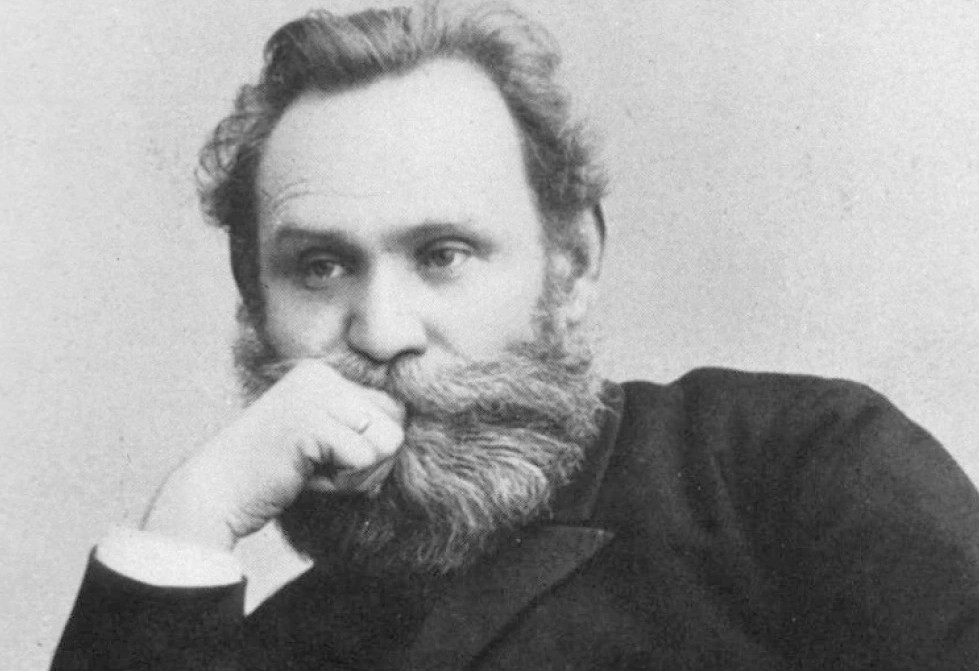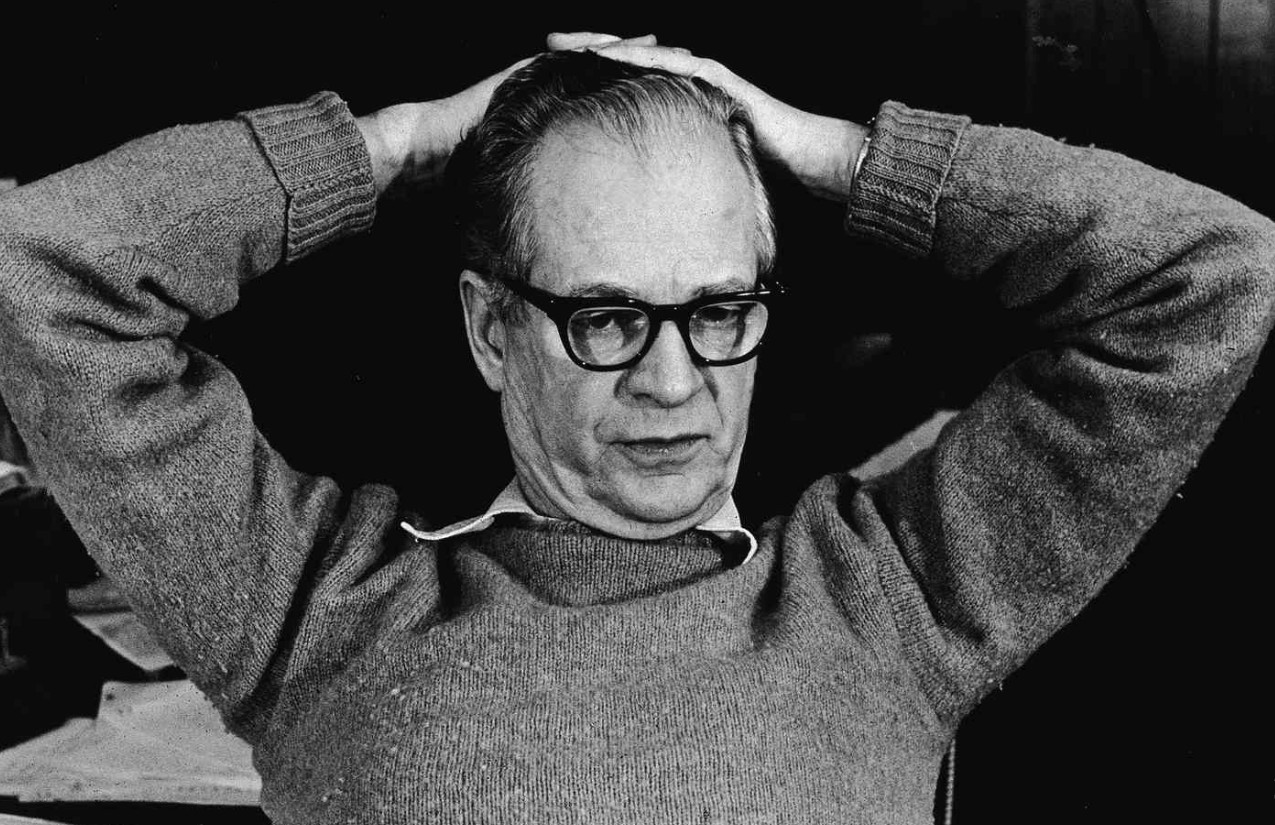Conditioning is a fundamental concept in psychology that explains how we learn and form associations. It is a process that shapes behaviors and emotional responses, from the simple to the complex. Understanding the mechanisms of conditioning provides insight into why we react the way we do and how we can change our behaviors. This article will explore the two major types of conditioning: classical conditioning and operant conditioning, highlighting their key principles and real-world applications.
Introduction to Conditioning
Conditioning refers to a type of learning that links stimuli and responses. At its core, it is about creating an association. This process can be conscious or unconscious and is a cornerstone of behavioral psychology.
The two primary forms, classical and operant conditioning, though distinct, both offer powerful explanations for how learning occurs. One focuses on involuntary responses, while the other centers on voluntary actions and their consequences. Both are essential for understanding human and animal behavior.
Classical Conditioning

Classical conditioning is a learning process first described by Russian physiologist Ivan Pavlov.
It involves pairing a neutral stimulus with an unconditioned stimulus to evoke a response.
Pavlov’s famous experiment with dogs demonstrated this perfectly. He noticed that dogs would salivate (an unconditioned response) at the sight of food (an unconditioned stimulus). By repeatedly ringing a bell (a neutral stimulus) just before giving the dogs food, the dogs began to associate the bell with the food. Eventually, the sound of the bell alone (now a conditioned stimulus) was enough to cause the dogs to salivate (a conditioned response). This type of learning explains many involuntary reactions, such as the development of phobias or the feeling of happiness when hearing a specific song associated with a good memory.
Key Terms in Classical Conditioning
- Unconditioned Stimulus (UCS): A stimulus that naturally and automatically triggers a response without any prior learning.
- Unconditioned Response (UCR): The natural, unlearned response to an unconditioned stimulus.
- Conditioned Stimulus (CS): A previously neutral stimulus that, after being associated with the unconditioned stimulus, comes to trigger a conditioned response.
- Conditioned Response (CR): The learned response to a previously neutral stimulus.
This simple but powerful framework reveals how our brains are constantly making connections, influencing our automatic emotional and physiological reactions to the world around us.
Operant Conditioning

Operant conditioning is a type of learning where behavior is strengthened or weakened by the consequences that follow it. The psychologist B.F. Skinner is the most famous figure associated with this concept. He used a device known as the Skinner box to study how animals’ behaviors changed based on rewards and punishments.
The core idea is that behaviors followed by positive outcomes are more likely to be repeated, while those followed by negative outcomes are less likely.
This learning is about voluntary actions, where an individual learns to operate on their environment to achieve a desired result.
Reinforcement and Punishment
- Reinforcement: Any consequence that strengthens the behavior it follows.
- Positive Reinforcement: Adding a desirable stimulus to increase a behavior (e.g., giving a child a treat for cleaning their room).
- Negative Reinforcement: Removing an aversive stimulus to increase a behavior (e.g., a car’s seatbelt buzzer turning off when you buckle up).
- Punishment: Any consequence that weakens the behavior it follows.
- Positive Punishment: Adding an aversive stimulus to decrease a behavior (e.g., a child being scolded for misbehaving).
- Negative Punishment: Removing a desirable stimulus to decrease a behavior (e.g., a teenager’s phone being taken away for breaking a rule).
Operant conditioning is evident in everything from dog training to how we learn to work for a paycheck, demonstrating how our actions are shaped by their outcomes.
Key Principles of Conditioning
While both classical and operant conditioning are forms of associative learning, they differ in several key ways. Classical conditioning involves a passive, reflexive response to a stimulus, where the learner does not have control over their reaction. For example, a person cannot simply choose not to be scared of a spider if they have a conditioned fear. The association is formed between two stimuli. In contrast, operant conditioning is about active behavior. The learner voluntarily performs an action to either gain a reward or avoid a punishment. The association here is between a behavior and its consequence. This distinction is crucial for understanding how different types of learning occur and how they can be modified.
Conditioning in Daily Life
Conditioning is not just a theoretical concept; it is a constant force shaping our lives. For example, when you hear the familiar jingle of an ice cream truck and suddenly feel a craving, that’s classical conditioning in action—you’ve associated the sound with the treat. The jingle is the conditioned stimulus, and your craving is the conditioned response. On the other hand, consider why you consistently arrive at work on time. You do so because you are positively reinforced with your salary, a clear example of operant conditioning. These principles also explain why we form habits, both good and bad, and why certain places or sounds trigger specific emotional states. Even the way we train our pets or raise our children is often based on the principles of operant conditioning, using rewards and consequences to shape behavior.
Applications in Psychology and Therapy
The principles of conditioning have significant applications in clinical psychology and therapy. Behavioral therapy, for instance, uses these concepts to help individuals overcome maladaptive behaviors and psychological issues. For phobias, a common treatment is systematic desensitization, which uses classical conditioning to help a person gradually unlearn their fear response. This involves pairing the feared object or situation with relaxation techniques, replacing the fear with a new, calm response. In institutional settings, token economies are often used, where individuals receive tokens for desired behaviors (reinforcement) that can be exchanged for privileges or rewards. These practical applications highlight how conditioning provides a framework for understanding and actively changing behavior, offering powerful tools for mental health professionals.
FAQ
What is the main difference between classical and operant conditioning?
The core difference lies in the type of behavior involved. Classical conditioning deals with involuntary, reflexive responses that are triggered by a stimulus. The learning happens when a previously neutral stimulus becomes associated with an unconditioned stimulus, causing it to elicit a similar response. Operant conditioning, conversely, focuses on voluntary behaviors. It explains how a person’s or animal’s actions are influenced by the consequences that follow them, with behaviors leading to positive outcomes being more likely to be repeated, and those leading to negative outcomes being less likely to occur. Essentially, one is about associations between stimuli, and the other is about associations between behavior and consequence.
How does conditioning help in treating psychological disorders?
Conditioning principles are the foundation of behavioral therapies. For example, for a person with a severe anxiety disorder or phobia, a therapist might use systematic desensitization to gradually introduce them to the source of their fear while teaching them relaxation techniques. By pairing the feared object with a state of calm, the fear response is gradually replaced by a new, more desirable one. Similarly, therapies that use positive reinforcement, such as a token economy in a hospital setting, encourage positive behaviors by rewarding them, which helps in the management of various psychological conditions.
Can we be conditioned without our knowledge?
Yes, much of conditioning occurs outside of our conscious awareness. Many of the associations we form through classical conditioning, such as a sudden feeling of dread when hearing a specific sound, are learned without us actively trying to learn them. These automatic, subconscious associations can profoundly affect our emotions and reactions. Similarly, operant conditioning can shape our behavior without us explicitly thinking about it; for example, we might subconsciously perform a certain action because we were positively reinforced for it in the past, even if we can’t immediately recall the instance of reinforcement. This highlights the powerful and often subtle influence of conditioning on our daily lives.
Recommended Books on Conditioning
- “Walden Two” by B.F. Skinner
- “The Behavior of Organisms: An Experimental Analysis” by B.F. Skinner
- “Conditioned Reflexes: An Investigation of the Physiological Activity of the Cerebral Cortex” by Ivan Pavlov
- “About Behaviorism” by B.F. Skinner


